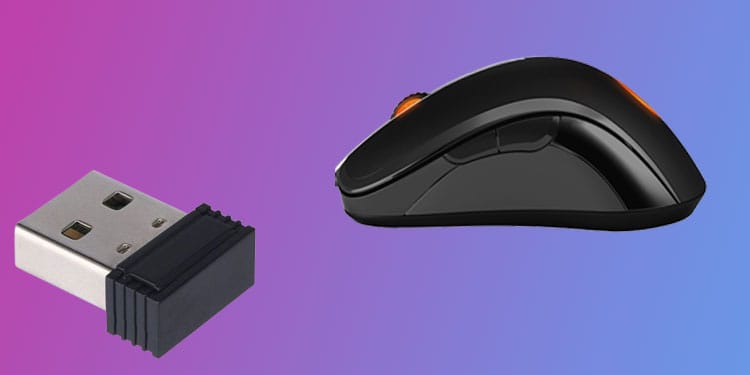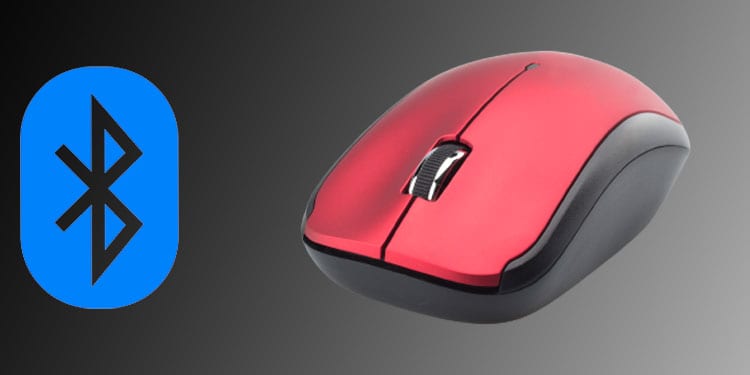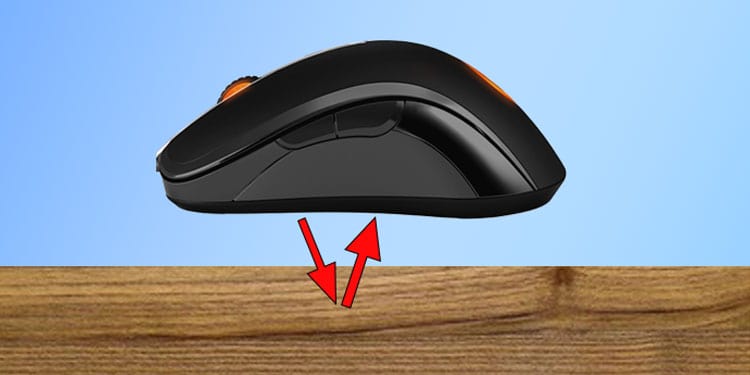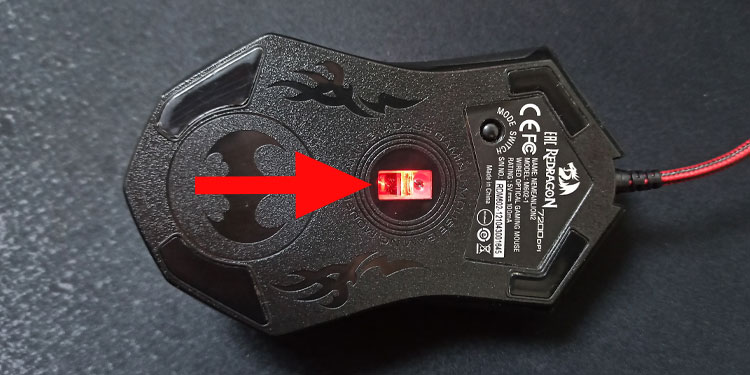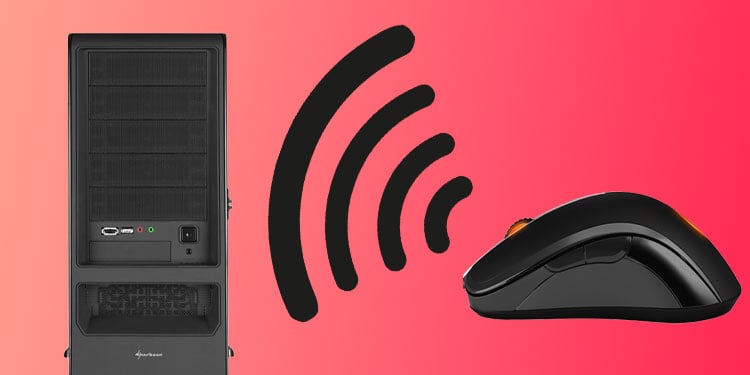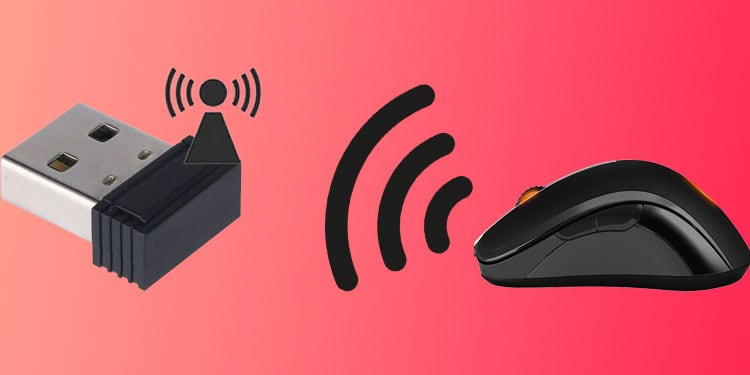This article explains about a wireless mouse, its types, and how it works. So, without further delay, let us get right into it.
Types of Wireless Mouse
Before we get into the working principle of a wireless mouse, let us first discuss the two types of wireless mouse popular in the market.
Wireless USB Mouse
A wireless USB mouse uses a USB dongle that receives data transmitted by the wireless mouse. This mouse operates in the 2.4 GHz frequency band to transfer data. Low battery consumption, connection over a longer distance, and lower latency are what make a wireless USB mouse so popular.To use the wireless USB mouse, you simply plug the USB dongle into the computer, power on the mouse and the input device is ready to use.
Wireless Bluetooth mouse
Wireless Bluetooth uses a computer’s Bluetooth to transfer data. To use a wireless Bluetooth mouse, you first need to pair it with your computer’s bluetooth. Once you pair both the devices, you can use it to move the mouse cursor.The Bluetooth wireless mouse usually suffers from higher latency and higher battery consumption compared to the wireless mouse using USB connector. Furthermore, it also does not support connection over longer distances compared to a wireless USB mouse. Bluetooth also uses a 2.4 GHz frequency band to transfer data like a wireless USB mouse.
How Does a Wireless Mouse Work?
Now let’s discuss each step in detail.
Recording the Mouse Movement
Most mouse nowadays uses optical sensors to record mouse movement. These optical sensors take a couple of thousand pictures every second. And then, the sensor compares each picture to the previous one to record the mouse movement. On the other hand, an older mechanical mouse uses a rubber ball to track the mouse movements.Under the mouse, there is a LED or laser emitter, depending on the type of mouse you use. This emitter turns on the LED when you connect the mouse to a computer. The light touches the surface and then reflects to the mouse, where a CMOS (Complementary metal-oxide-semiconductor) sensor records the bounce-back time. By doing this, the mouse records every surface detail. Once the sensor records the bounce back time for a second time, the DSP (Digital Signal Processor) compares the two surface details and calculates the new mouse position. Once the mouse figures out its position, it sends the data about its position to the computer. This will then move the mouse cursor. The mouse constantly sends data about its position. The rate at which a mouse sends data to the OS about its position and button click is called its polling rate.
Transmitting the Data
In wired connectivity, the wire carries the data about the mouse position and button clicks to the computer. On the other hand, a wireless mouse uses a transmitter that is built into the mouse. Once the mouse records its current position, the transmitter encodes the mouse position and mouse click data and then sends it to the receiver at a frequency between 2.4 to 2.485 GHz. Different mouse will have different frequencies that it operates on. This is why a USB dongle from one device may not always work on a different device, even if they both have the same manufacturer.
Receiving the Data
The receiver can be either a USB receiver or a Bluetooth module inside the computer. The receiver is set to catch a frequency signal in a certain range. So when the transmitter sends the signal on said radio frequency, the receiver catches the signal sent through the channel. The receiver then sends this information to the driver installed. The mouse driver in turn decodes this radio signal to determine the mouse’s position.Some devices only support line of sight communication. This means that the computer may not record data from the mouse when there is an obstacle between the transmitter and the receiver.Once the computer receives the data, it moves the mouse cursor according to the physical mouse movements.In the case of a Wireless USB mouse, the receiver is the USB dongle you plug into the computer’s USB port. As for the wireless Bluetooth mouse, the mouse sends data to the PC in the frequency range between 2.402 to 2.485GHz once both the devices are connected and paired for an encryption.
Related Question
Do all Wireless Mouse Need USB?
Depending on the mouse, it may use a wireless receiver or Bluetooth, or both. If your mouse supports both wireless USB and Bluetooth connectivity, you do not need the USB dongle. You can simply pair it with your computer’s Bluetooth.However, if your mouse only supports wireless USB, it requires a separate USB dongle.
Is Wireless Mouse Better than Wired Mouse?
Both wired and wireless mouse have their advantages and disadvantages. One particular disadvantage to using a wireless mouse is with latency. Any type of wireless device will always suffer from some type of latency compared to wired connectivity. Being able to use the mouse from anywhere within a certain distance is one of the advantages to using a wireless mouse. Furthermore the setup will also look much cleaner than a wired mouse.
Is Wireless Mouse Safe to Use?
Both USB and Bluetooth wireless mouse uses electromagnetic waves to transfer data from the transmitter to the receiver. These waves have high wavelength. Thus, making these radiation harmless.
